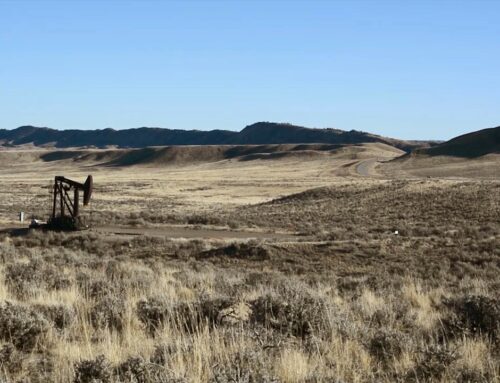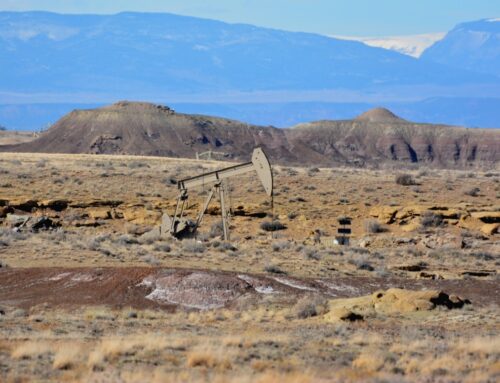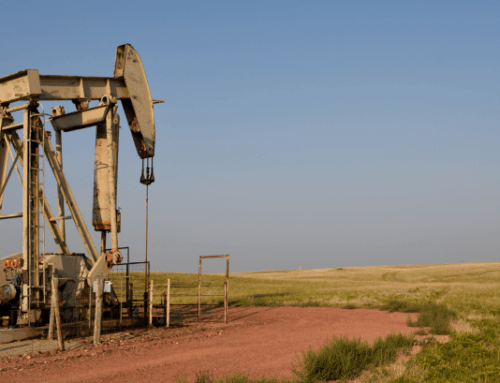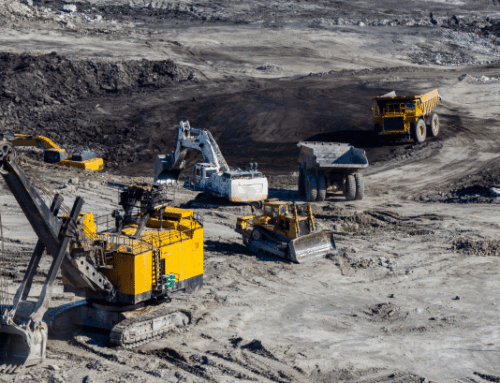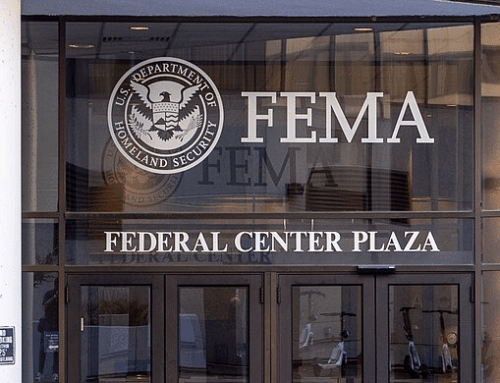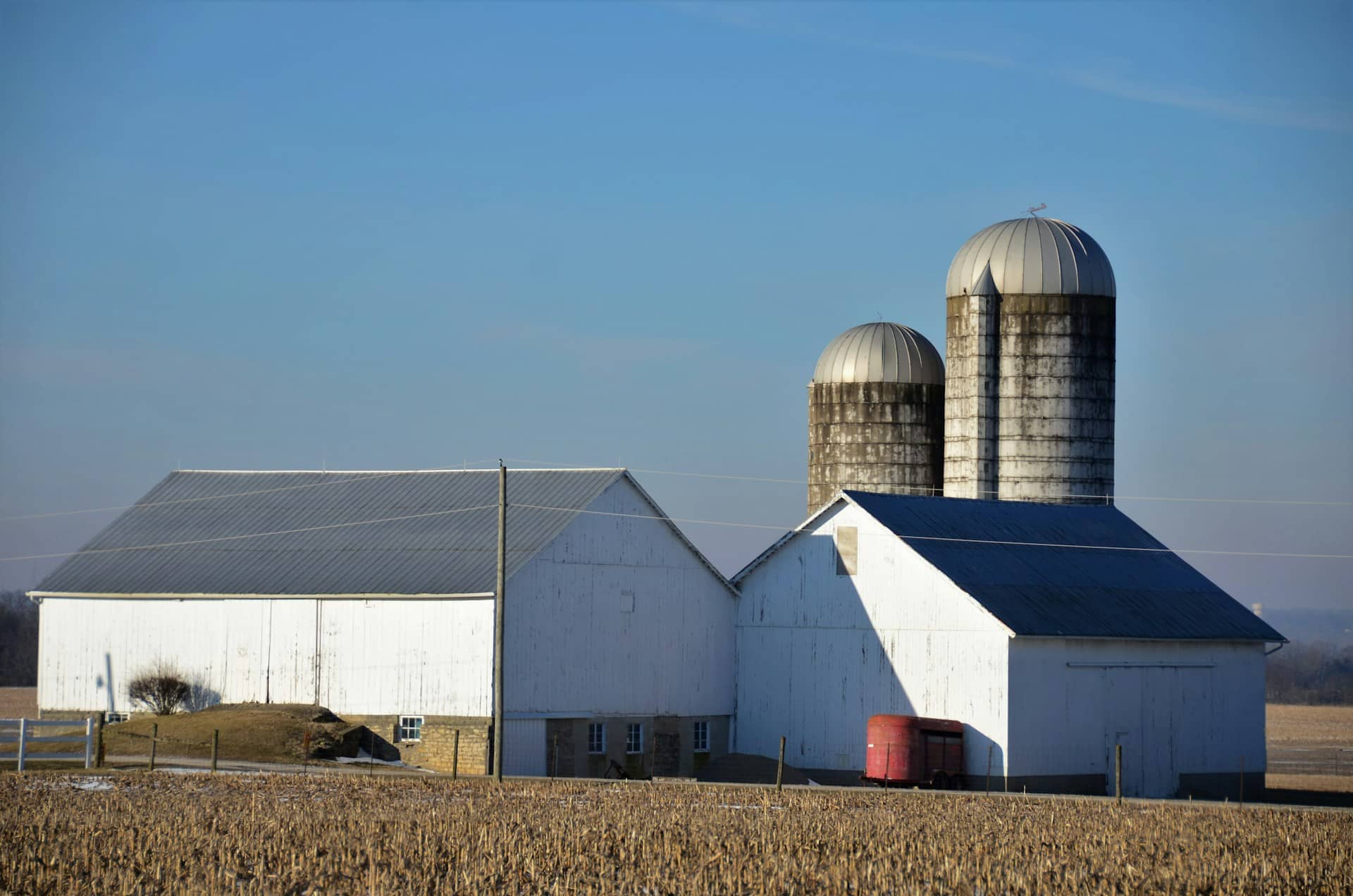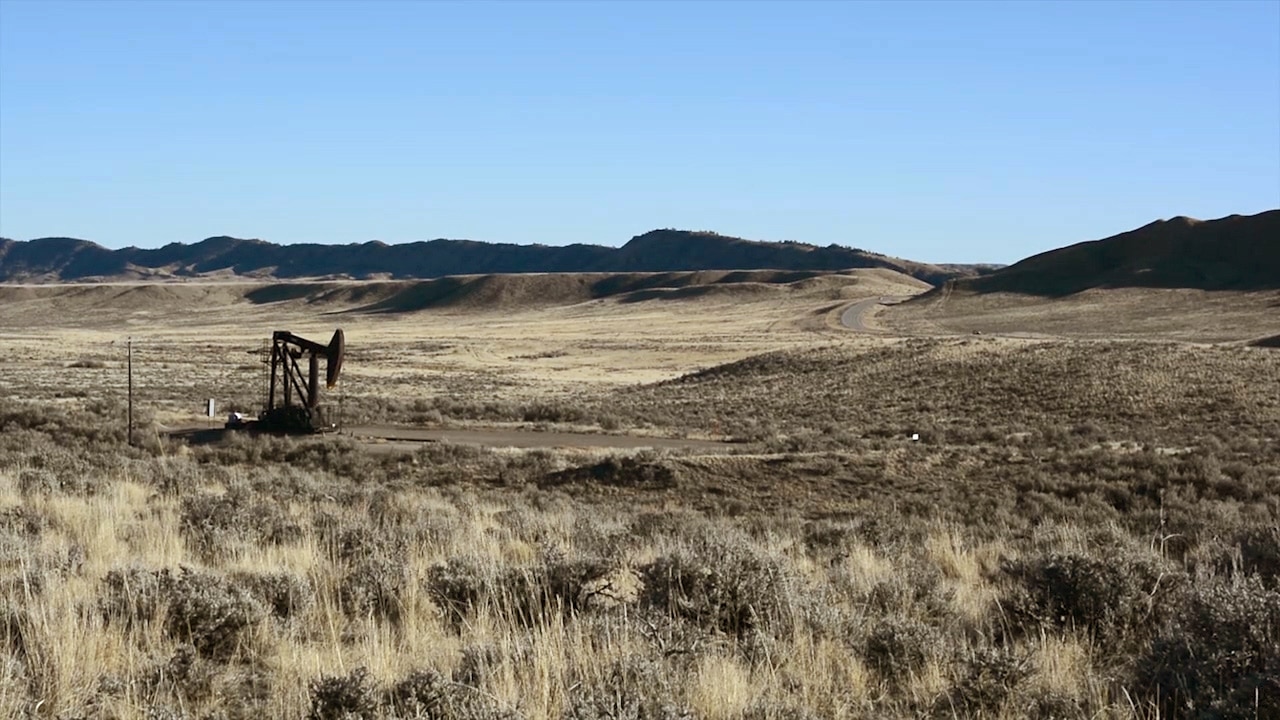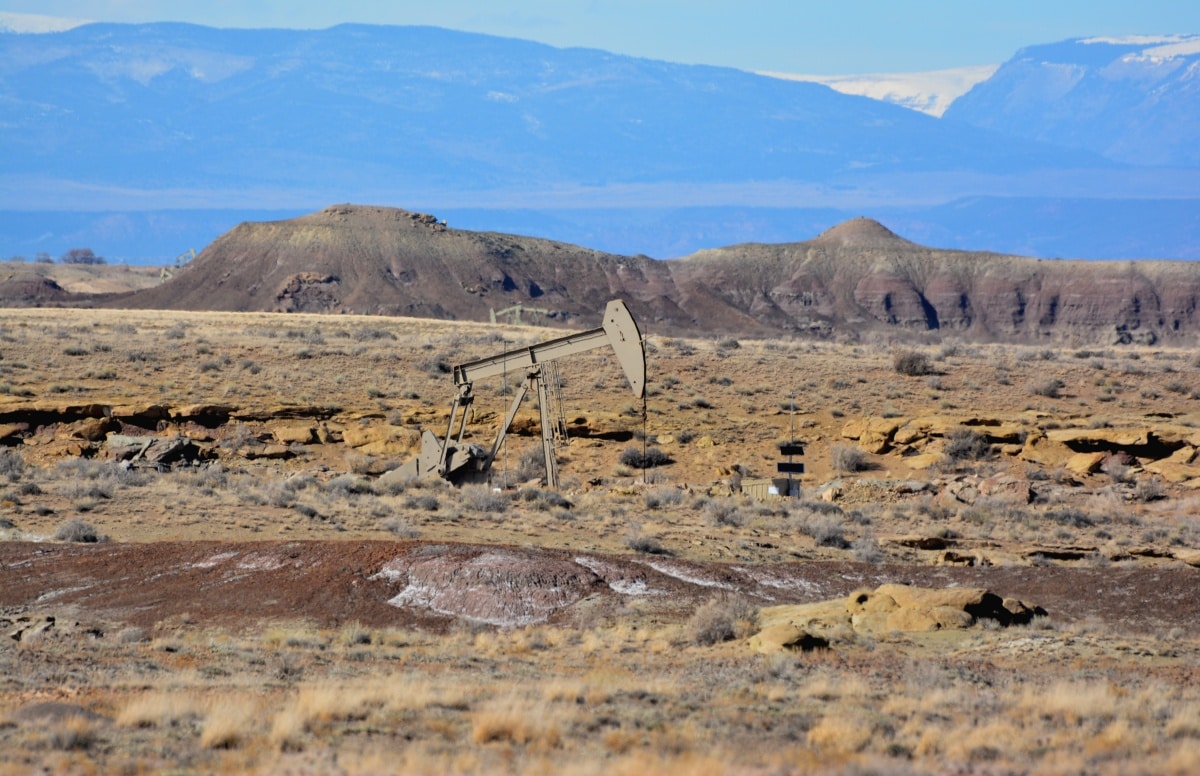The Government Accountability Office (GAO), Congress' investigative arm, recently released a report highlighting areas for improvement in Federal Emergency Management Agency (FEMA) programs that address wildfires.
The federal government plays a critical role in preventing, responding to, and helping communities recover from wildfires. On federal lands, which encompass roughly 650 million acres, the government is directly responsible for wildfire response and management. On non-federal lands, state and local entities may request federal support before, during, and after a wildfire.
Between fiscal years 2019 and 2023, FEMA provided over $3.8 billion in wildfire-related assistance through five programs: Public Assistance, Individual Assistance, Fire Management Assistance Grants, the Hazard Mitigation Grant Program, and Building Resilient Infrastructure and Communities (BRIC).
- Public Assistance Grants – $3.2 billion: Funds emergency work (e.g., debris removal, protective measures) and permanent work (e.g., repairing buildings, public utilities).
- Fire Management Assistance Grants (FMAG) – $275 million: Funds fire suppression and emergency protective measures for wildfires that may escalate into major disasters. This is FEMA's only wildfire-specific program.
- Individual Assistance – $260 million: Supports disaster survivors with housing assistance, counseling, funeral expenses, and other qualifying activities.
- Hazard Mitigation Grant Program (HMGP) – $111 million: Funds mitigation projects to reduce risks from disasters and natural hazards. Between FY2019 and FY2023, only about 6% of HMGP projects were related to wildfire.
- Building Resilient Infrastructure and Communities (BRIC) – $12 million: Supports mitigation projects to reduce disaster risks.
To access funding from these programs, states must request either:
- An FMAG declaration, which provides eligibility for the FMAG program and Hazard Mitigation Grant Program Post-Fire.
- A major disaster declaration, which provides access to Public Assistance, Individual Assistance, and the Hazard Mitigation Grant Program.
From fiscal years 2019 through 2023, there were 209 FMAG declarations and 13 major disaster declarations for wildfires. Unlike other programs, BRIC is not tied to disaster declarations and instead operates on an annual fiscal year funding cycle.
As agency officials have previously testified, many federal assistance programs offered through FEMA are ill-suited to address the specific challenges posed by wildfires. For example, wildfire debris removal is uniquely complex because the resulting ash poses significant health and safety risks. Wildfires often leave no standing structures, creating distinct short-term and long-term housing challenges. While the GAO acknowledges that FEMA has taken some steps to address these issues, it emphasizes that more work is needed.
The GAO identifies several areas for improvement in the FMAG program, FEMA's only wildfire-specific program, including clarifying program guidance, enabling tribal governments to request FMAG declarations, and collecting regular feedback from FMAG recipients, like FEMA does for some other assistance programs.
Additionally, the GAO highlights the need for FEMA to better support immediate post-wildfire mitigation across its programs. According to the report, "the agency does not have an assistance program that enables communities to conduct immediate post-wildfire mitigation." Wildfires destroy vegetation and damage soil, leaving landscapes vulnerable to erosion, flooding, and landslides. While existing mitigation programs like HMGP and BRIC allow for post-fire mitigation activities, their long timelines—often years from application to reimbursement—are not suited to the uniquely time-sensitive needs following a wildfire.
Post-fire mitigation is critical to reducing wildfire risks and minimizing long-term suppression costs. A 2019 study by the National Institute of Building Sciences (NIBS) found that every $1 invested in federal grants for fire mitigation at the wildland urban interface (WUI) yields $3 in benefits. In our 2022 report Clearing the Smoke, TCS called for Risk Mitigation and Smart Redevelopment in the WUI as one of our Taxpayer Tools to Tackle Wildfire. Federal post-fire assistance can encourage communities to recovery and rebuild in a way that improves resilience and reduces future wildfire risks.
The GAO echoes these recommendations, along with those made by the Wildland Fire Mitigation and Management Commission, to increase the accessibility of federal grants for community wildfire risk reduction and post-fire recovery. It recommends that FEMA either modify an existing mitigation program or establish a new one to fill this gap. The report also suggests that FEMA use categorical exclusions to expedite the approval of post-wildfire soil stabilization and erosion control activities.

